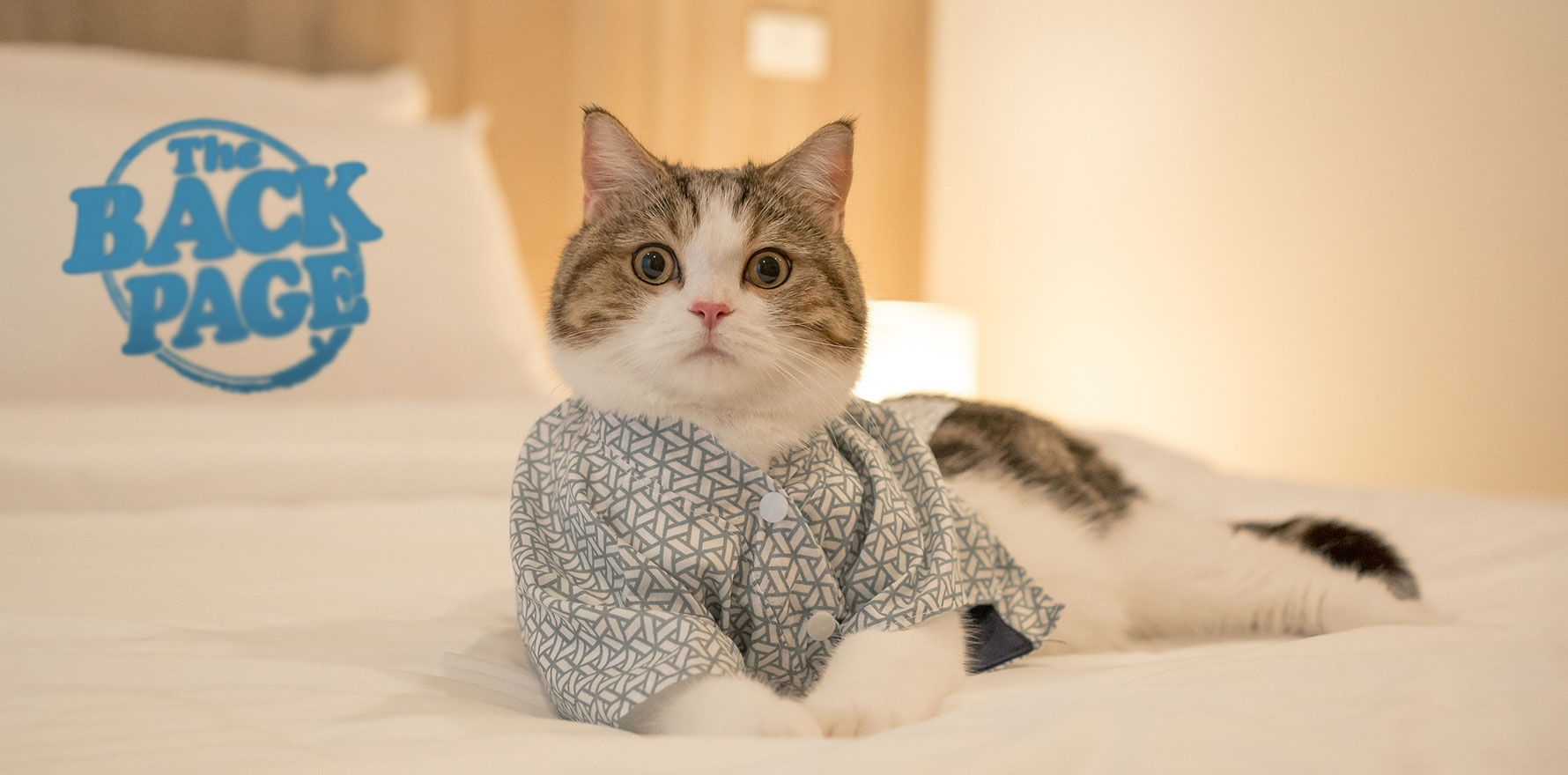But are they cute?
You’ve heard about the cat’s pajamas, but what about smart PJs that monitor your sleep?
Yes, that was all the justification we needed for the main image.
Gold-standard polysomnography is, obviously, cumbersome. If you’re already sleep-challenged, I can’t imagine how much harder it would be to drift off with dozens of wires stuck to your face and body.
And if your nightly quest for a comfortable sleeping position tends to resemble that of a rotisserie chicken on its way to cooked-through perfection, it would surely be impossible.
Smaller wearables such as smart watches are more sleeper-friendly but limited, having just the one point of contact.
Home sleep apnoea testing systems fall somewhere in between but are, as the name suggests, condition-specific.
So a team at Cambridge has developed a “durable, artifacts-resilient, and positioning-free diagnostic e-textile”, from which can be built pajamas able to “classify six healthy, subhealthy, and unhealthy sleep states with high accuracy and adaptability, making it a significant advancement over existing wearable technologies”, according to a paper published in PNAS.
The PJs are washable, scalable, flexible and comfortable, the developers assert, even though they involve a collar with a multichannel graphene textile strain sensor array that needs to be worn fairly closely around the neck in order to “collect minute vibrational signals from the extrinsic laryngeal muscles, which vary according to different sleep conditions”.
A challenge in Sydney’s unending heatwave but perhaps endurable otherwise, if you don’t suffer from strangulation nightmares.
The array is designed to withstand different sleep positioning, and may be more thrash-resistant than your partner.
The natty night attire comes with a deep-learning model (of course it does) called SleepNet (no not Skynet, SleepNet, it’s different), which uses the signals captured to identify six sleep patterns and classify them from healthy to subhealthy to high-risk, namely nasal breathing, mouth breathing, snoring, teeth-grinding, central sleep apnoea and obstructive sleep apnoea with an accuracy of 98.6%, according to their comparison tests.
All very neat, but not where the Back Page would be investing research money.
What would be really useful is a tiny version that can tell you what your cat is dreaming about when they do those little twitches and paw movements in their sleep. Give ALL the grants to that project.
Send soporific story tips to penny@medicalrepublic.com.au.


